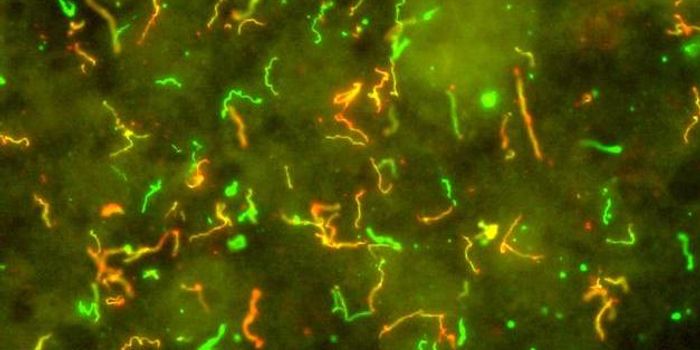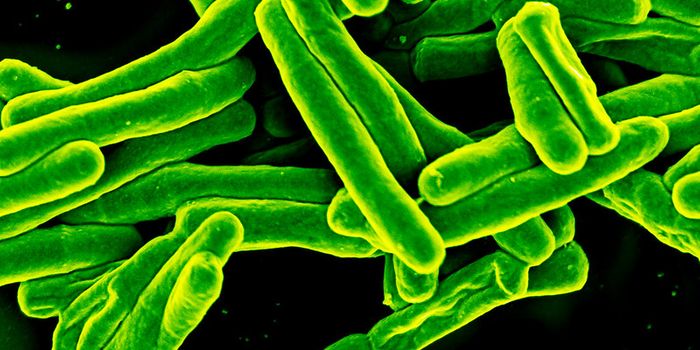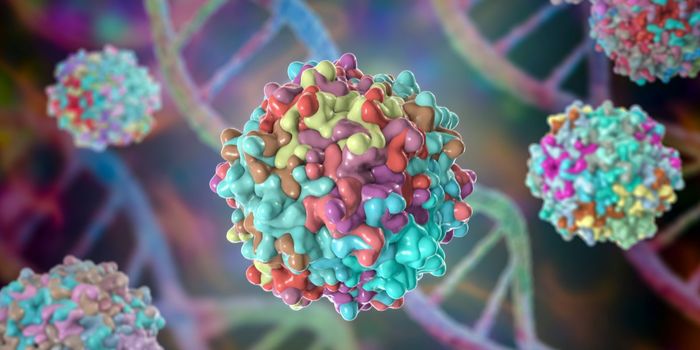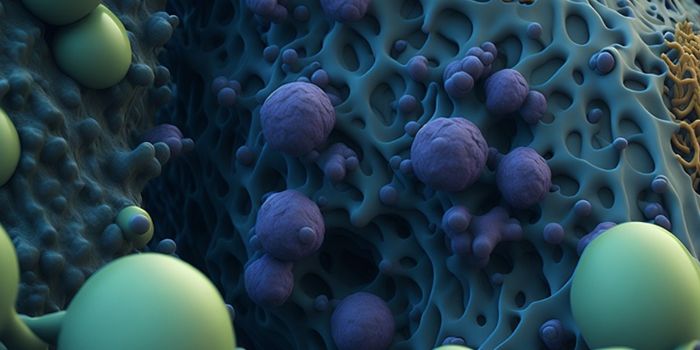A New Class of Antimicrobial Compounds Discovered in Soil Bacteria
Millions of people die every year from antibiotic-resistant infections or from the complications of those infections, and the problem is only expected to get worse as pathogenic bacteria continue to evolve and find new ways to evade the effects of drugs. As antibiotics become less effective, the race is on to find new molecules that can prevent or eliminate bacterial infections. Scientists have now identified a group of protein particles that have umbrella-like shapes, and have toxic effects on bacterial cells. These toxic proteins, which are produced by soil bacteria called Streptomyces as they battle their microbial competitors, have now been described in Nature.
There are untold numbers of microbial species on our planet, and a kind of microbial arms race has been ongoing for ages. So bacteria themselves can be great sources of antibacterial compounds. Streptomyces bacteria are an excellent example - they are already known for generating the broad-spectrum antibiotic called streptomycin.
But these latest molecules are different, because they are not small molecules like other compounds found in Streptomyces. Instead, these novel molecules are huge complexes composed of multiple proteins, and are shaped like microscopic umbrellas. They also aim for their targets in highly specific ways, unlike broad-spectrum drugs. Their unique properties may have kept them from being discovered during 100 years of research on Streptomyces.
A bioinformatics screen first identified these umbrella toxin genes, and additional work showed that the proteins are part of a complex. The researchers used cryo-electron microscopy to analyze their structure.
"The shape of these particles is quite peculiar, and it will be interesting in future work to learn how their unusual morphology helps them eliminate target bacteria," noted corresponding study author Joseph Mougous, a professor at the University of Washington School of Medicine and a Howard Hughes Medical Institute investigator.
Next, the researchers searched for the targets of the umbrella toxins, and assessed their impact on a huge array of organisms including fungi and 140 types of bacteria. This effort showed that the toxins target other Streptomyces species specifically.
"We think this exquisite specificity may be due to the proteins that make up the spokes of the umbrella, which vary across the particles. These include proteins that might latch onto specific sugars found on the surface of competitor bacteria," noted study co-author S. Brook Peterson, a senior scientist in the Mougous lab.
After searching the genomes of thousands of other bacteria, the team determined that many other bacterial species make their own versions of umbrella protein toxins. All of these species have something in common as well: they all grow in an unusual way, with branching filaments.
There is still a lot more work to be done, but the researchers are hopeful that these toxins could be effective against the bacterial pathogens that cause tuberculosis and diphtheria, which also happen to be resistant to many front-line antibiotics.
Sources: University of Washington School of Medicine, Nature




















































